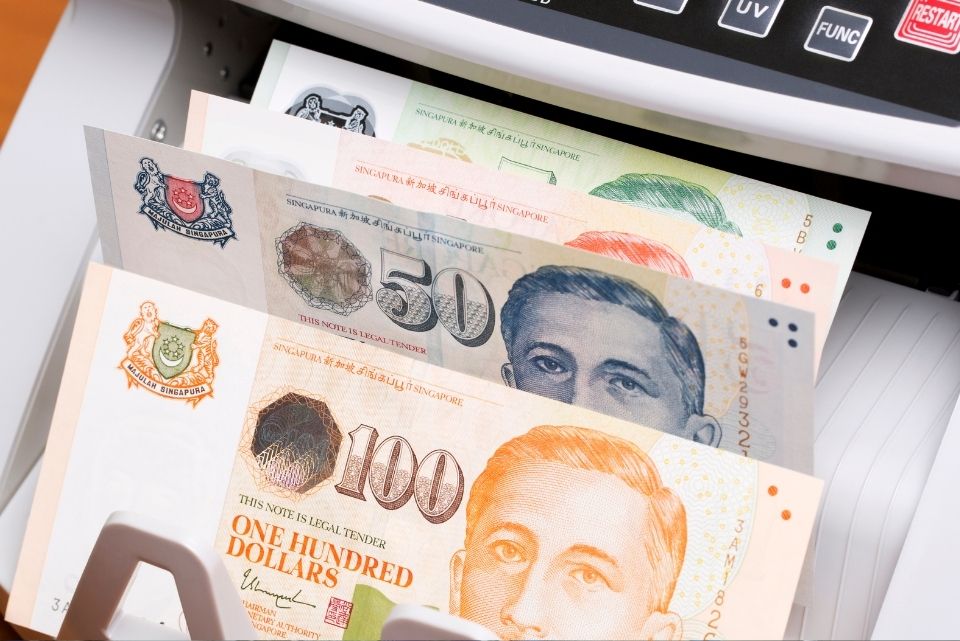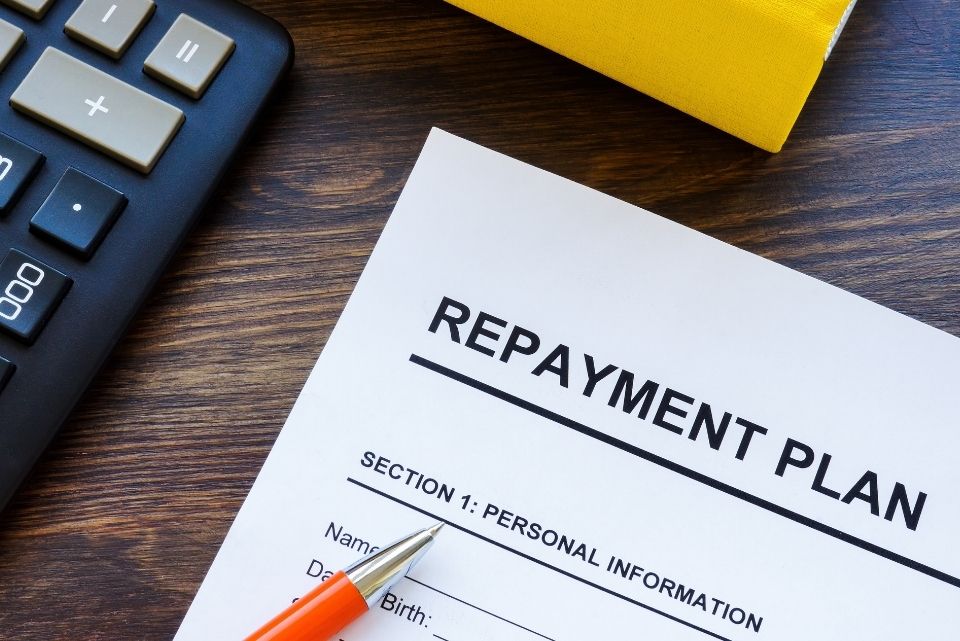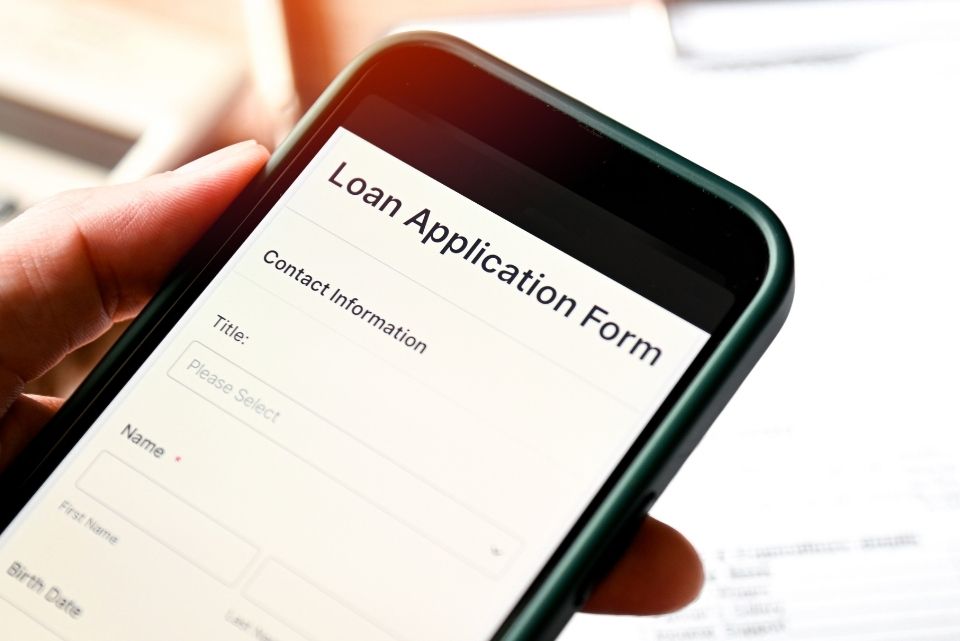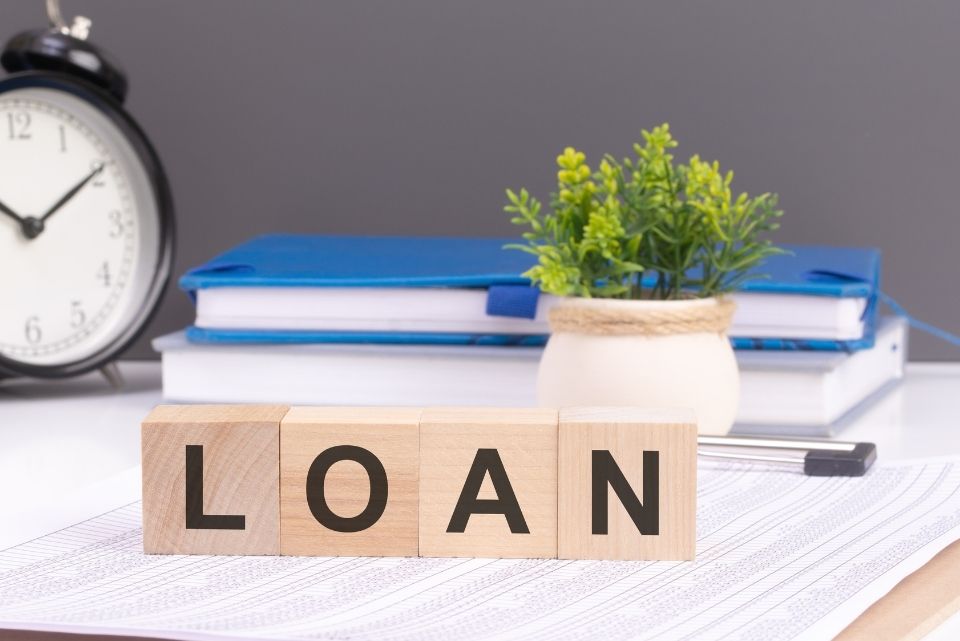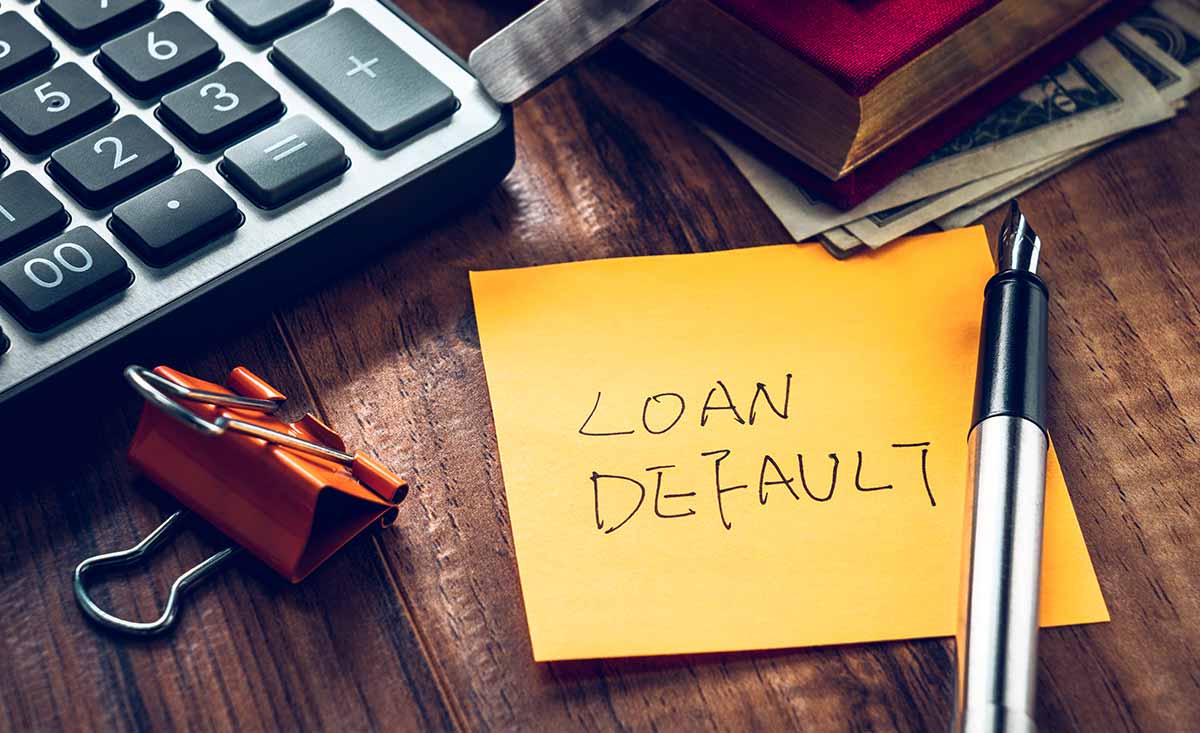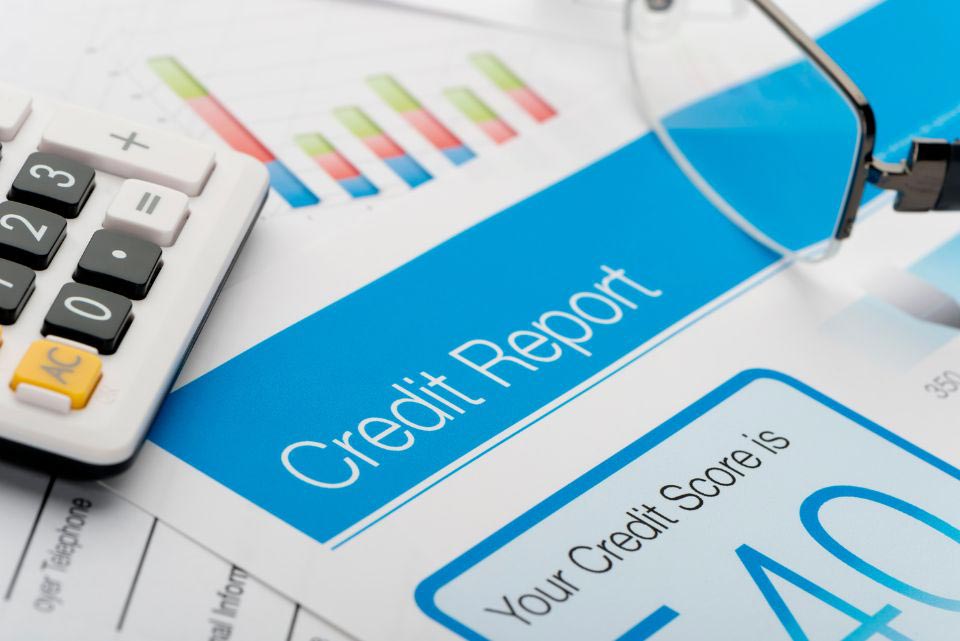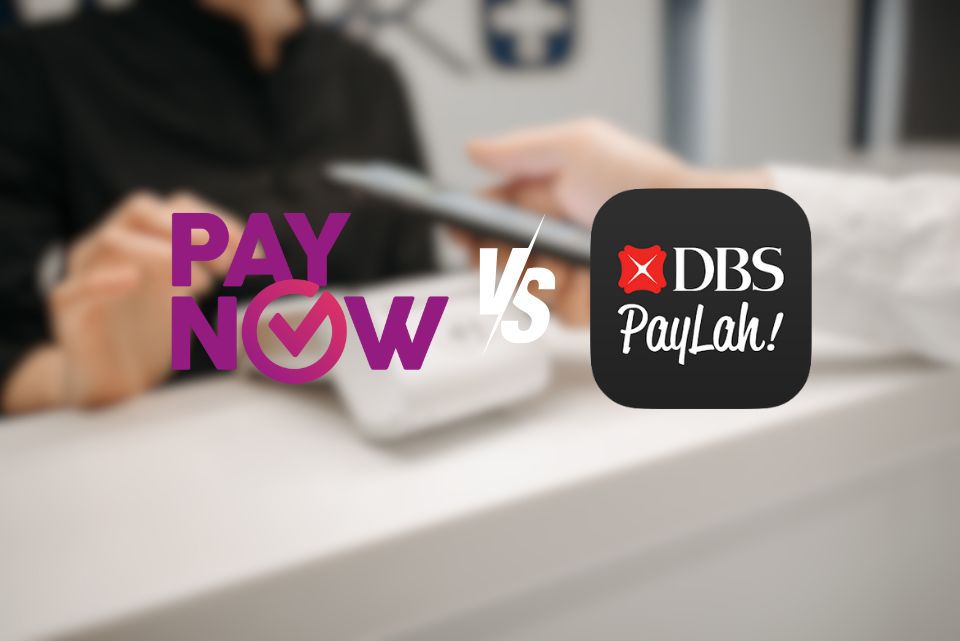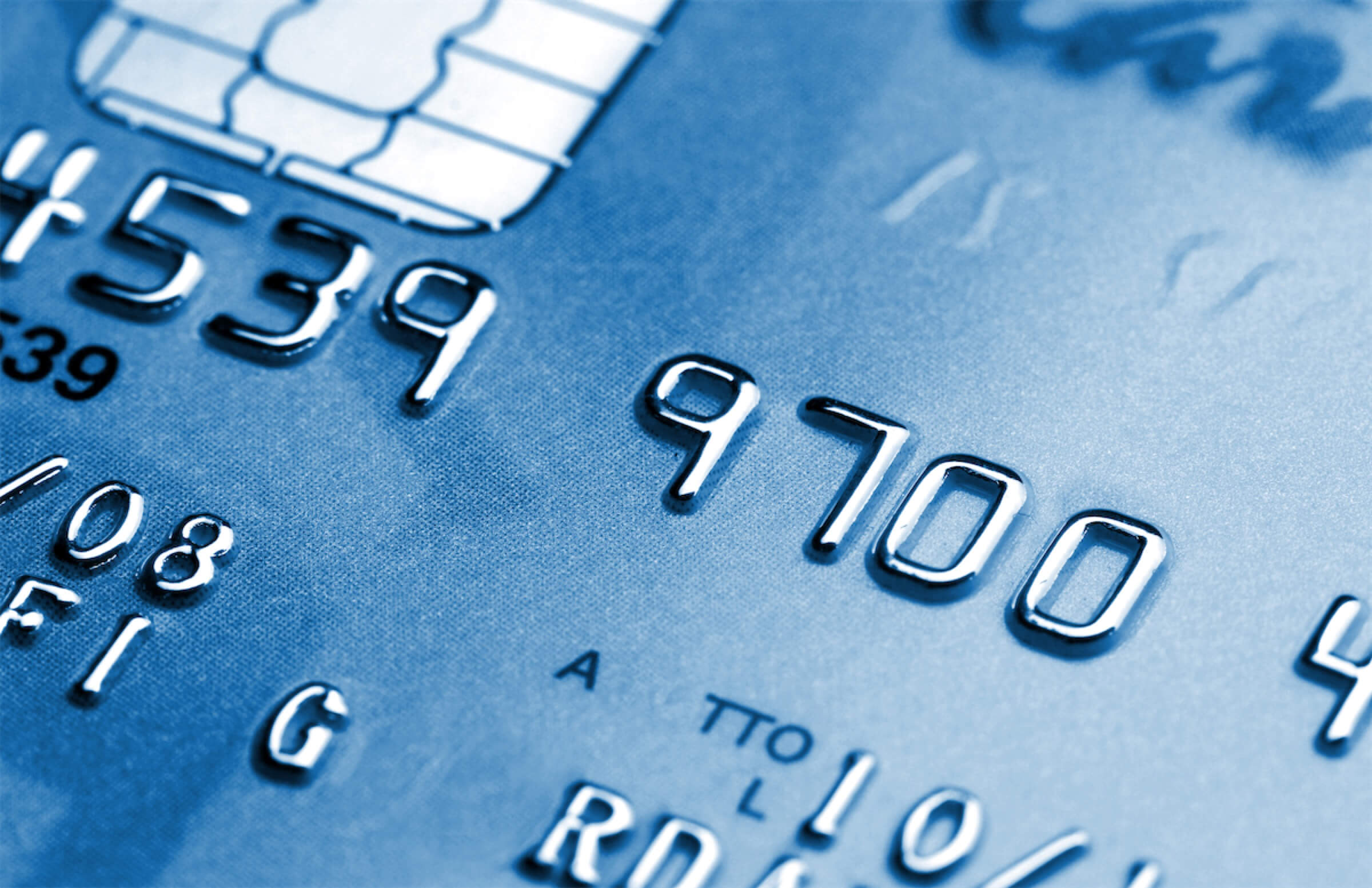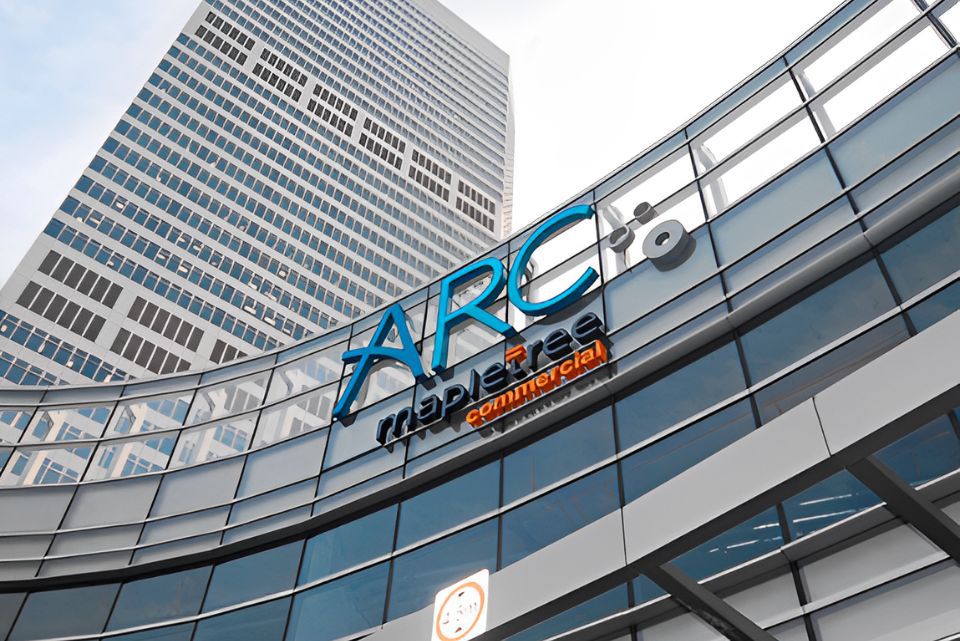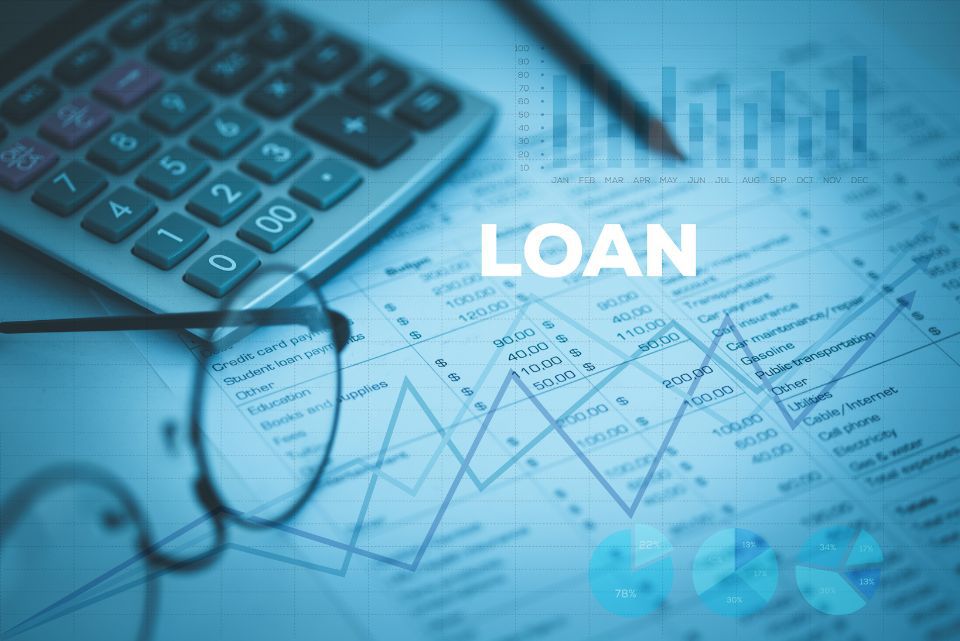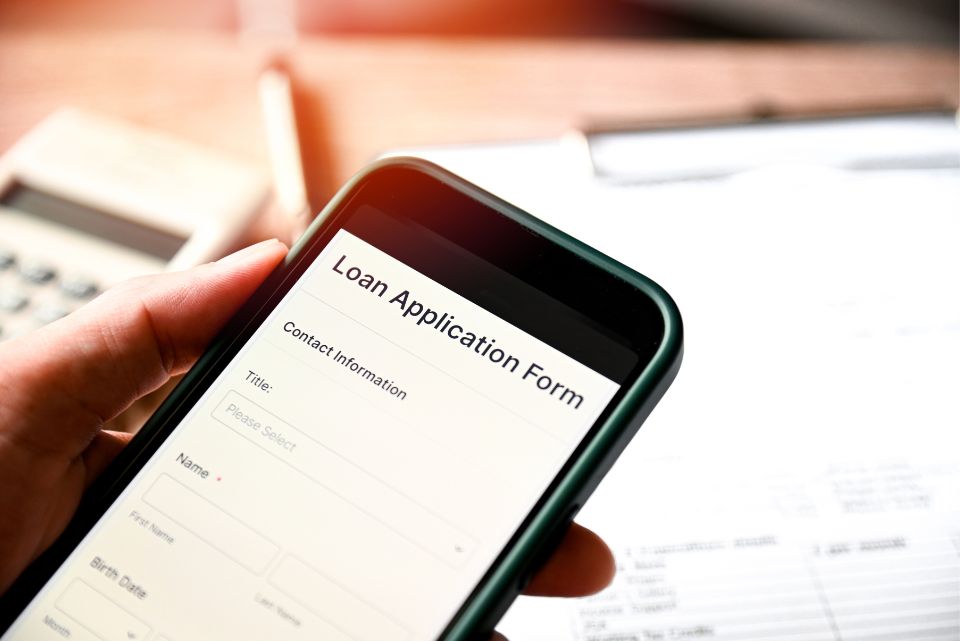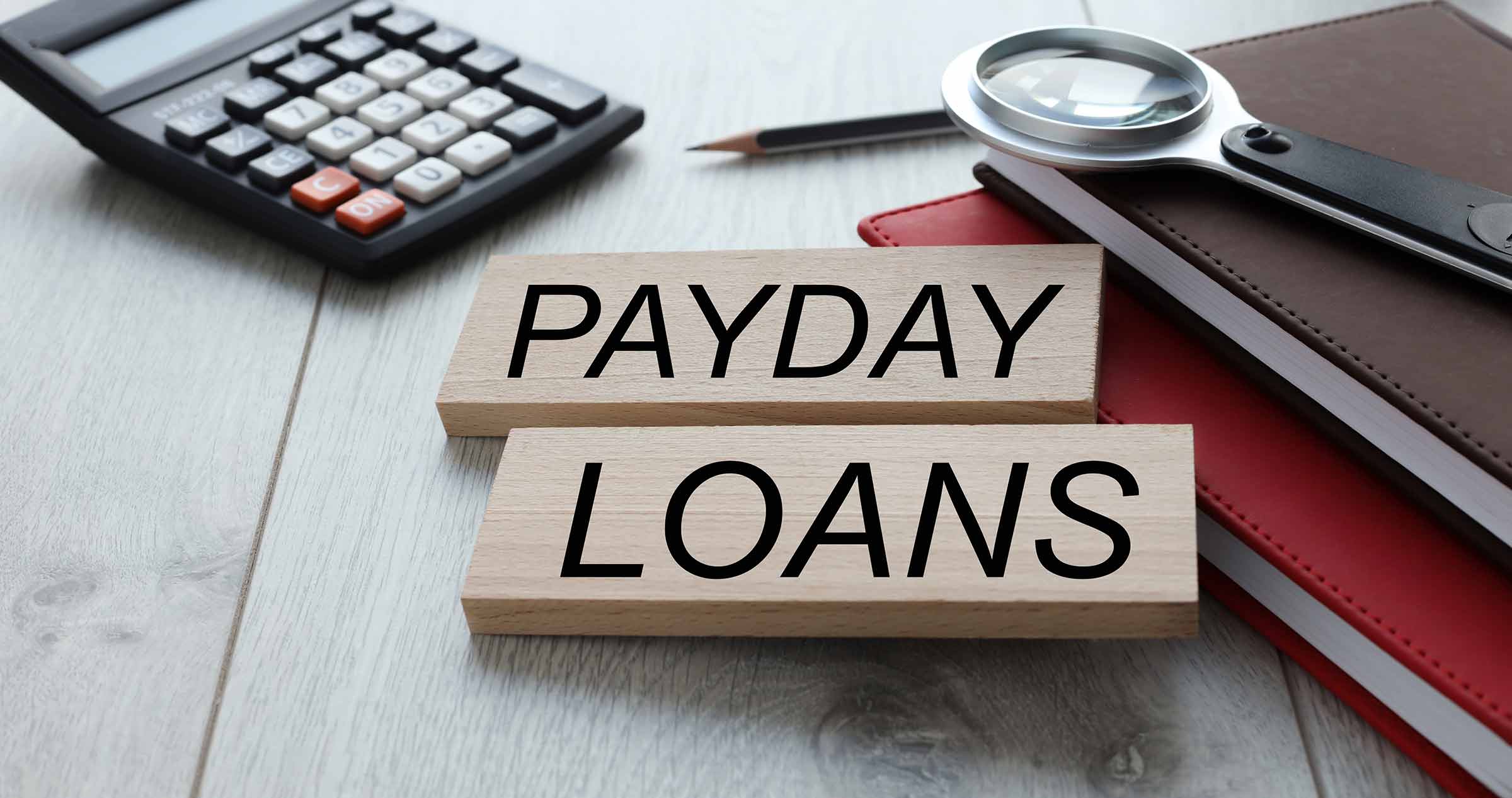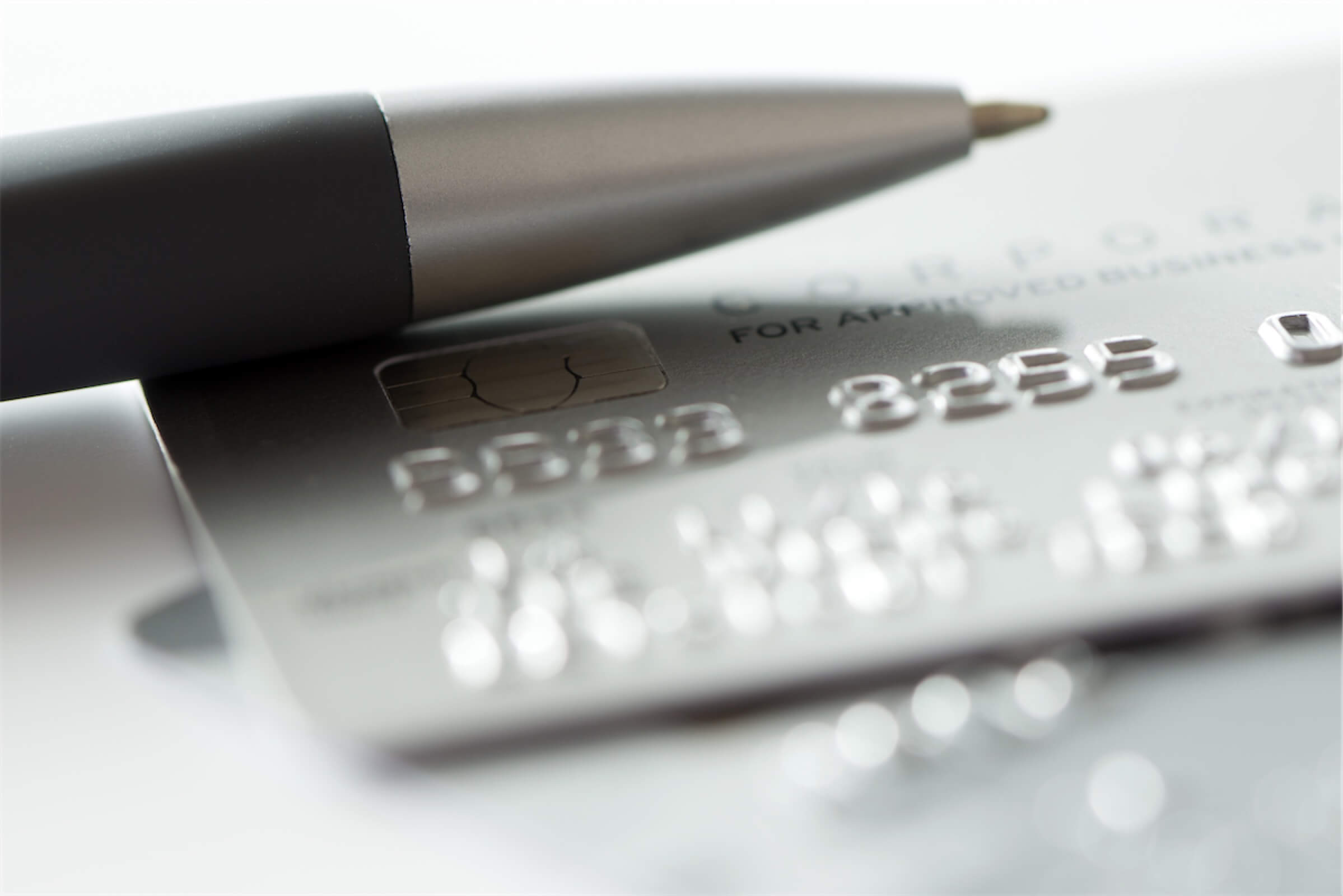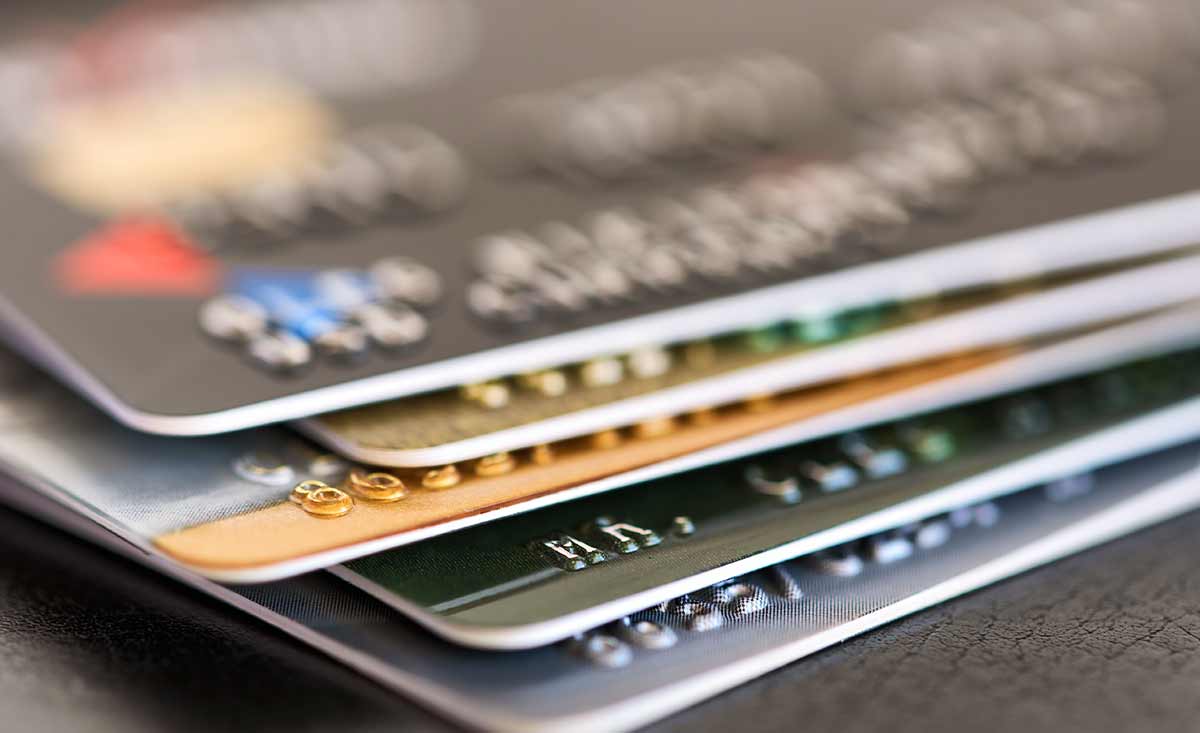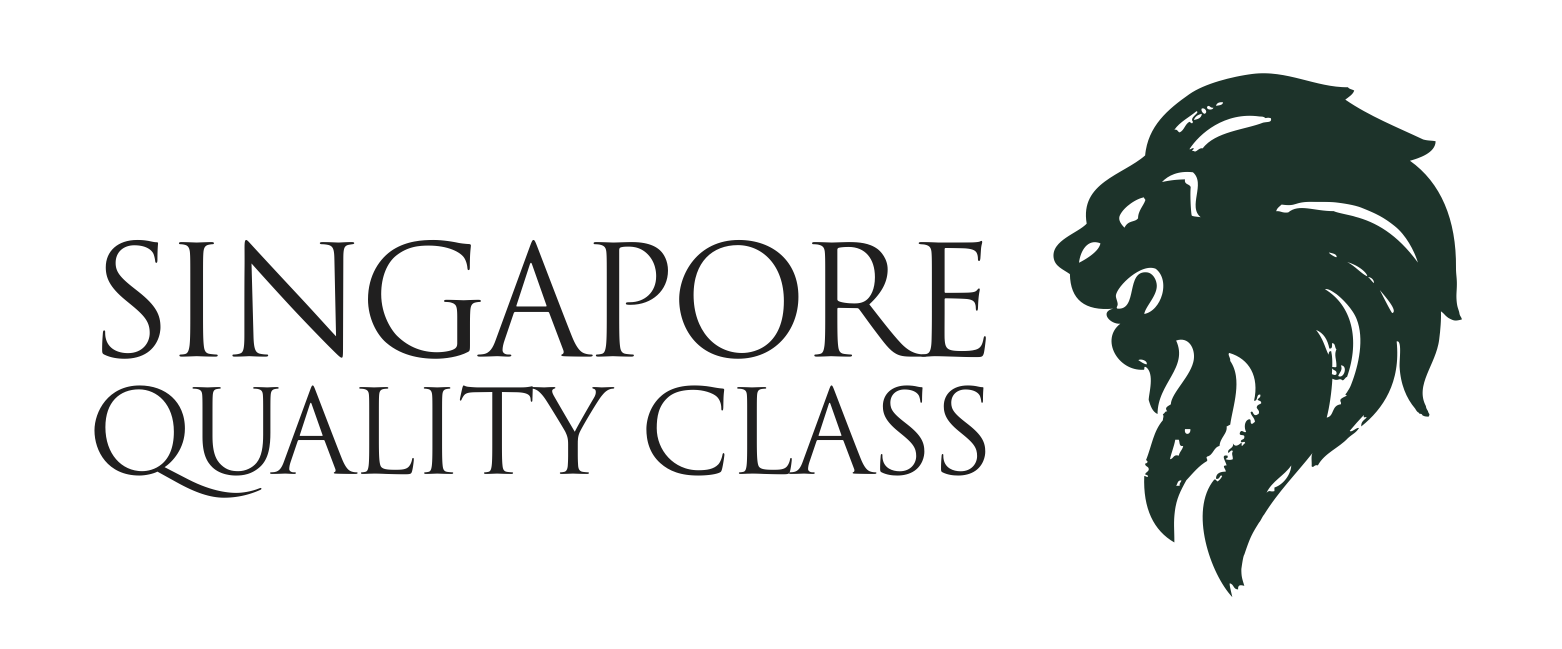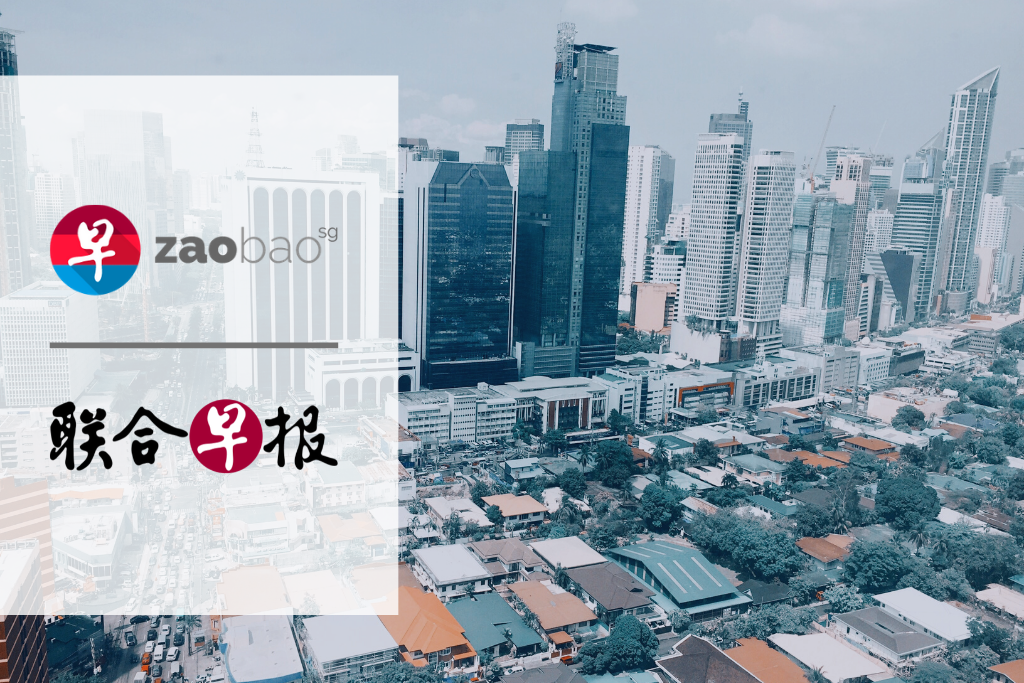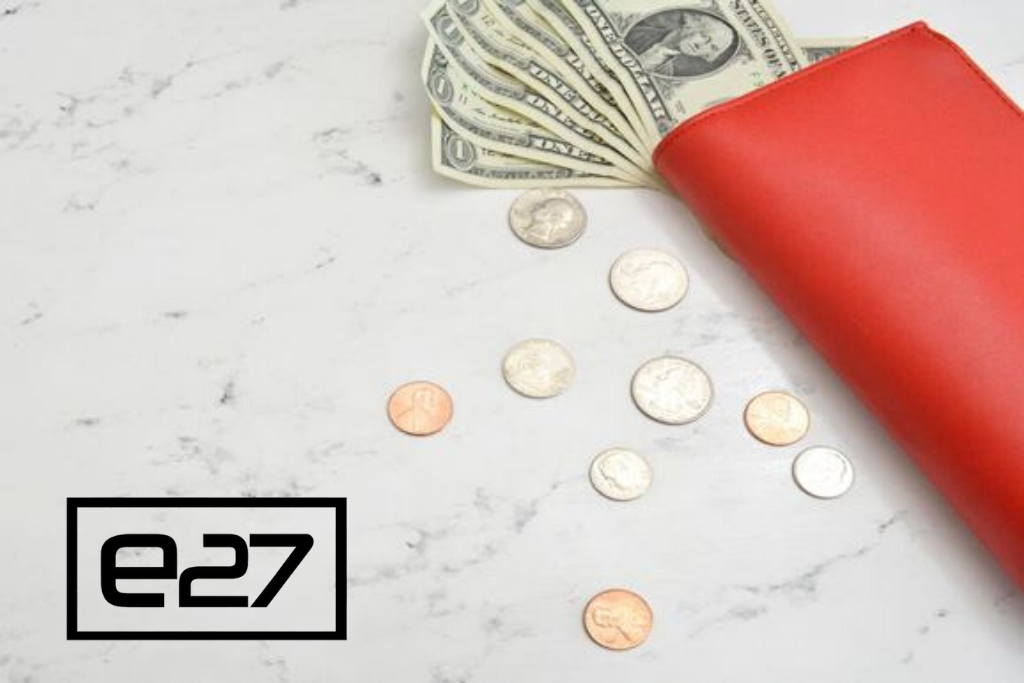
When applying for a personal loan in Singapore, a crucial factor that lenders consider is your Total Debt Servicing Ratio (TDSR). Introduced by the Monetary Authority of Singapore (MAS) in 2013, the TDSR framework encourages responsible borrowing and ensures individuals can manage their debt repayments.
It achieves this by limiting the amount you can borrow based on income and existing debt obligations. This article explains how the TDSR is calculated, its impact on personal loan applications, and steps you can take to improve your TDSR.
Understanding the Total Debt Servicing Ratio (TDSR)
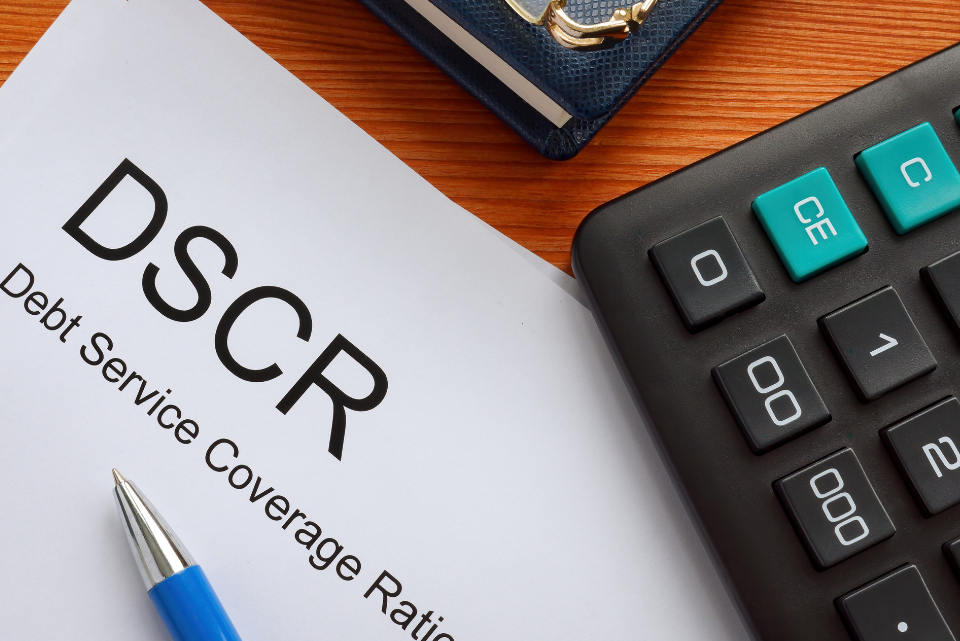
The Total Debt Servicing Ratio or TDSR measures the percentage of your monthly gross income that goes towards servicing all your debt obligations. It includes monthly repayments for any outstanding loans, such as car loans, student loans, credit card bills, and any other secured or unsecured loans, including the loan you are applying for.
The TDSR threshold is currently capped at 55% of your gross monthly income. In simpler terms, your total monthly debt repayments cannot exceed 55% of your gross monthly income.
When considering your TDSR, it’s essential to understand the difference between the advertised interest rate and the Effective Interest Rate (EIR). The advertised rate might seem lower, but the EIR provides a more accurate picture of the borrowing cost, including applicable fees and charges, in addition to the loan interest.
The TDSR framework serves several purposes:
- Preventing over-borrowing: It safeguards individuals from taking on more debt than they can afford.
- Ensuring responsible lending: It encourages financial institutions to lend responsibly and assess borrowers’ ability to repay.
- Maintaining a stable property market: It helps to curb property speculation and promote sustainable property prices.
Interestingly, the median TDSR in Singapore is currently 43%, suggesting that households’ overall debt servicing ability is manageable.
How TDSR Affects Your Personal Loan Application
Lenders use your TDSR to assess your ability to repay a personal loan. A TDSR exceeding the 55% threshold may lead to your loan application being rejected, as it indicates potential difficulty in managing debt obligations.
Conversely, a TDSR below 40% is generally viewed favourably, suggesting a healthy financial situation and the capacity to handle additional debt.
In addition to the TDSR, there’s another rule that limits an individual’s total debt to 12 times their monthly income. This rule further restricts borrowing capacity, even if your TDSR is within the acceptable range.
Furthermore, the Loan-to-Value (LTV) ratio significantly determines the loan amount you can borrow. The LTV ratio is the maximum amount a bank can lend you, expressed as a percentage of the property’s value or purchase price, whichever is lower. Even if your TDSR is low, the LTV ratio might limit your loan amount.
The recent rise in interest rates has also impacted borrowing trends. As interest rates increase, individuals tend to be more cautious about taking on new loans, leading to a decline in household debt. This highlights the interconnectedness of interest rates, borrowing behaviour, and the TDSR framework.
TDSR for Joint Applicants
If you apply for a loan with a joint applicant, the lender will consider all applicants’ combined gross monthly income and debt obligations. It can be advantageous as it increases the overall income considered for TDSR calculation, potentially allowing for a larger loan amount.
However, it also means that the lender will assess all applicants’ creditworthiness and debt obligations, which could affect the final loan decision.
Factors Considered in TDSR Calculation
When calculating your TDSR, lenders consider several factors:
- Monthly Income: This includes your gross monthly income from all sources, such as your salary, bonuses, commissions, rental income, and other regular earnings. Due to their fluctuating nature, only 70% of individuals with variable incomes, such as freelancers or self-employed individuals, are considered.
- Banks and financial institutions calculate gross monthly income using a specific formula that includes fixed and variable income components. To account for potential fluctuations, they apply a 30% “haircut” to variable income components.
- Existing Debt Obligations: This includes all your outstanding loans, such as car loans, personal loans, credit card balances, and other regular loan repayments. For credit cards, the minimum monthly repayment amount is considered, which is typically S$50 or 3% of the outstanding balance, whichever is higher.
- Stress Test Rate: Lenders use a “stress test” rate to assess your ability to repay the loan even if interest rates rise. This rate is typically higher than the prevailing interest rate and helps ensure you can still afford the loan repayments if interest rates increase. The MAS stress test rate for residential property loans is currently 4%.
- Assessment Rate: Banks use an assessment rate, which can be higher than the MAS stress test rate, to evaluate your loan affordability further. This rate considers various factors, including your creditworthiness and risk profile. Some banks offer lower assessment rates, which can benefit borrowers as it may allow for a higher loan amount.
Personal Loan Eligibility Criteria at Major Banks
Here’s a brief overview of the personal loan eligibility criteria at some major banks in Singapore:
- DBS/POSB: Requires a minimum annual income of S$20,000 and offers loans up to 10 times your monthly salary.
- OCBC: Singaporeans and Singapore PRs must have a minimum annual income of S$20,000, and foreigners must have S$45,000. OCBC offers loans up to 6 times one’s monthly income.
- UOB: You must have a minimum annual income of S$30,000 and be an existing UOB Credit Card or CashPlus customer. UOB offers loans up to four times your monthly income.
It is important to note that these are just general eligibility criteria, and the requirements may vary depending on your circumstances and the specific loan product.
Tips to Improve Your TDSR
Improving your TDSR can significantly increase your chances of getting approved for a personal loan. Here are some strategies to consider:
- Pay off High-Interest Debts. Pay off debts with high interest rates, such as credit card balances and personal loans. For example, if you have a credit card balance with an interest rate of 20% and a personal loan with an interest rate of 5%, prioritize paying off the credit card balance first. This will free up more of your income for potential loan repayments.
- Consolidate Loans. If you have multiple loans, consider consolidating them into a single loan with a lower interest rate. For instance, if you have a car loan, a personal loan, and credit card debt, you could consolidate these into a single debt consolidation plan with a lower interest rate. This can reduce your overall monthly debt obligations and improve your TDSR.
- Increase Your Income. Explore opportunities to increase your income, such as taking on a part-time job, freelancing, or starting a side business. A higher income means more room for loan repayment and can improve your TDSR.
- Reduce Expenses. Review your monthly expenses and identify areas to cut back. For example, you could reduce dining out expenses, entertainment, or subscription services. Reducing your expenses can free up more income for debt repayment and improve your TDSR.
- Increase Your Down Payment. If you are taking out a loan for a significant purchase, such as a car or a renovation, consider making a larger down payment. This will reduce the loan amount and monthly loan payments, improving your TDSR.
- Avoid Unnecessary Debt. Before taking on new debt, carefully evaluate whether it is necessary. Avoid impulsive purchases or taking on debt for non-essential items. By avoiding unnecessary debt, you can maintain a healthy TDSR and improve your chances of loan approval.
The Bottom Line
The TDSR is a critical factor that lenders consider when evaluating personal loan applications in Singapore. By understanding how TDSR is calculated and its impact on your borrowing capacity, you can take proactive steps to improve your TDSR and increase your chances of securing a personal loan.
Remember to borrow responsibly and within your means to maintain a healthy financial situation. The TDSR framework, while seemingly restrictive, is ultimately a tool that helps you manage your debt obligations and make sound financial decisions. By being mindful of your TDSR and taking steps to improve it, you can achieve your financial goals while maintaining a healthy financial lifestyle.
Applying for a personal loan? Here’s An Essential Guide To Personal Loan In Singapore: What It Is And How To Apply

























